General Description
2012 Tel Aviv bus bombing was a terror attack that took place in November 21, in the year 2012. It was on a full traveller bus driving in the middle of Tel Aviv’s business district. Although no one died in the terror attack, 28 residents were injured while three of them were seriously affected. The attack was organized by the Hamas group, the Palestinian militants headed by Ahmad Salah Ahmad Musa, who worked with the West Bank Millitant cell. Mohammed Mafarji, a Palestinian, but with Israeli citizenship, committed the crime by leaving a bag with the explosive in the bus.
Operational Environment
Like many other terrorist attacks, the 2012 Tel Aviv bus blasting took place at the core of Tel Aviv city, inside a congested bus. Such explains the attackers’ intention to cause maximum possible harm. Arguably, the 2012 attack’s perpetrator targeted the Tel Aviv Savidor Central railway station, based on the subsequent investigations, but feared the intensive security at the site. During the attack, Mafarji worked with several other parties, mainly in West Bank, including Ahmad Salah Ahmad Musa, and Fuad Rabah Shukri Atzi (Siddique, 2012. Musa was the manufacturer and detonator of the bomb, which he used Mafarji to deliver inside the Tel Aviv-based commuter bus. Mafarji planted the bomb in the vehicle after boarding it, then alighted and proceeded to the city’s central railway station, before calling Musa to detonate it. The incident and order of events indicate significant connection between the two busy locations, with Mafarji possibly fearing the latter because of the intensive security at the railway station.
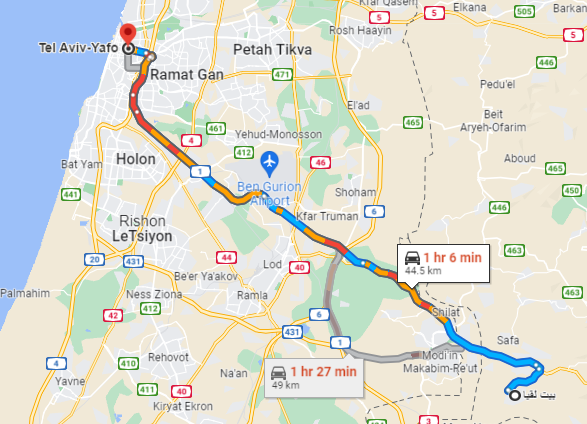
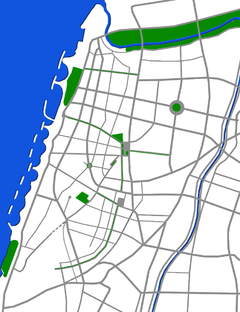
Attacker
The attacker, Mohammed Mafarji, was born in West Bank Tayibe. He was a Palestinian but received Israeli citizenship for the purpose of reuniting with his family. At the time of the attack, he was 18 years old. Mafarji was not recruited to the militia; he was a student living with his uncle however, he expressed his interest in helping fight alongside Hamas. This happened when he had gone shopping and met Ahmad Salah Ahmad Musa, a 25-year-old Beit Liqya resident, who was believed to be one of the suspects. Later, to test him, Musa told him to abandon a bag on a bus, which he passed successfully. They then planned the attack, where Musa prepared a bomb that could be detonated remotely using a cell phone. They placed it in a bag with clothes, and Mafarji later left it on the Tel Aviv bus. Below are the photos of the bus before and after the incident.
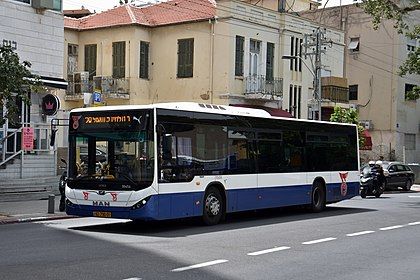
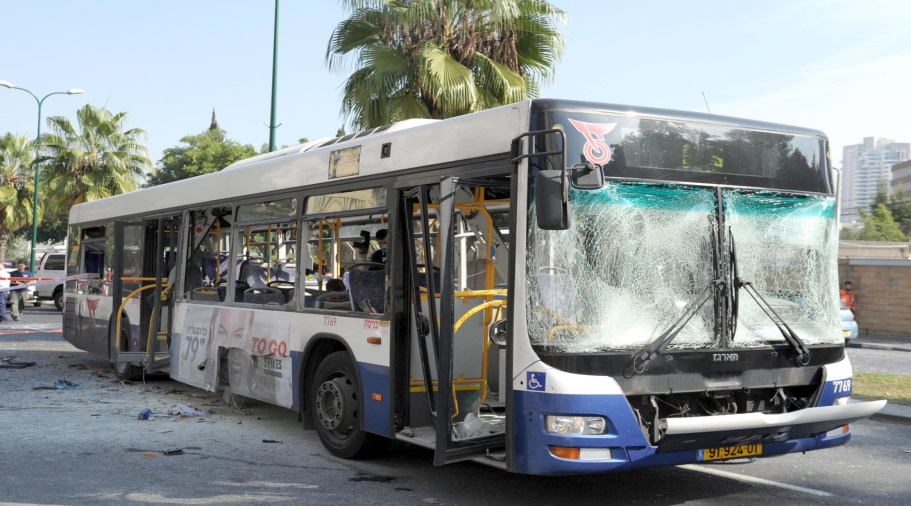
Explosive Device
During the bus attack, the perpetrator used a bomb devise. Based on the findings after the incident, the authority the Israeli authority stated that the attacker used an improvised explosive device (IED) that could be detonated using a phone. The argument follows that fact that the responsible individual placed the bomb in the bus and left after which it exploded.
Image of Similar Devices
The images below depict similar explosive devices that can be detonated remotely using phone signals.
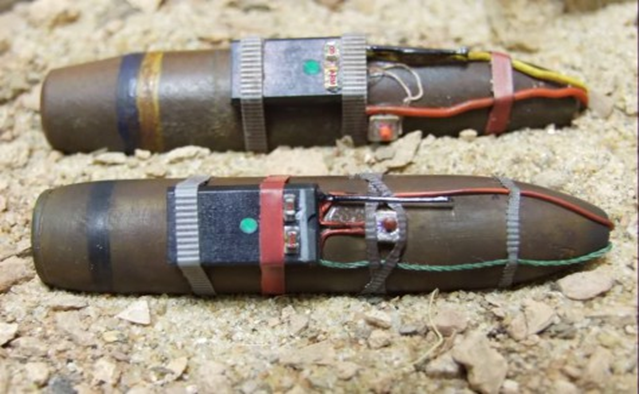
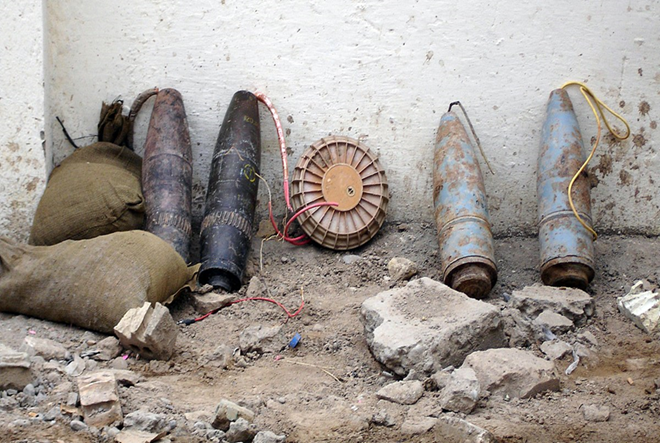
Attack
Chronological Description of the Attack
The Dan bus No. 142 bombing occurred when the vehicle was at Shaul Hamelech Street next to the Headquarter of Defense Ministry around noon hours. The bus was approaching the Ichilov Hospital when the incident happened. The explosion confused the driver who failed to stop the car immediately. After the bus exploded, a man was seen fleeing the scene which prompted the police to begin manhunt for the individual. According to the statement given by the bus driver, none of the passengers seemed suspicious when boarding the vehicle.
Images of the Different Stages
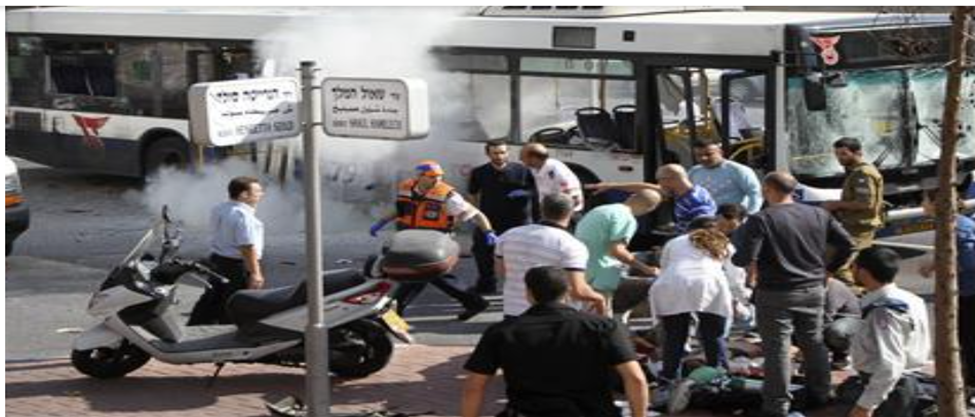

Response
The 2012 Tel Aviv bus attack took place at the end of the Operation Pillar of Defense, undertaken by the Israeli troops in Gaza following a series of attacks by Hamas. The eight-day operation allowed Israel to capture and kill the militia leader, marking significant success. After the incident, the state response included tightening of security and vigilance at the border and within busy social points, such as the central railway station and other commuter stations.
In my opinion, the crisis management was quick and effective. For instance, there was an immediate response after the surprise attack at the center of Tel Aviv involved finding the attacker, the planners, and the underlying factors leading to the matter. The Israeli forces thus identified and arrested Mafaraji on the evening of the attack day, successfully linking him to the bomb. Mafaraji confessed the matter and pleaded guilty in a court of law, revealing the various players involved in the heinous deal and how the bomb crossed the border from West Bank to Tel Aviv. The findings led Israeli troops to target and excommunicate Musa in 2013, together with the other militia leaders.
Conclusions
- When handling militia groups, wining outside war never means total safety inside.
- Lapses in security matters are costly to a nation exhibiting numerous enemies, such as Israel and the U.S.
- War can never be the solution to conflicts among humans.